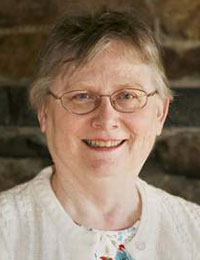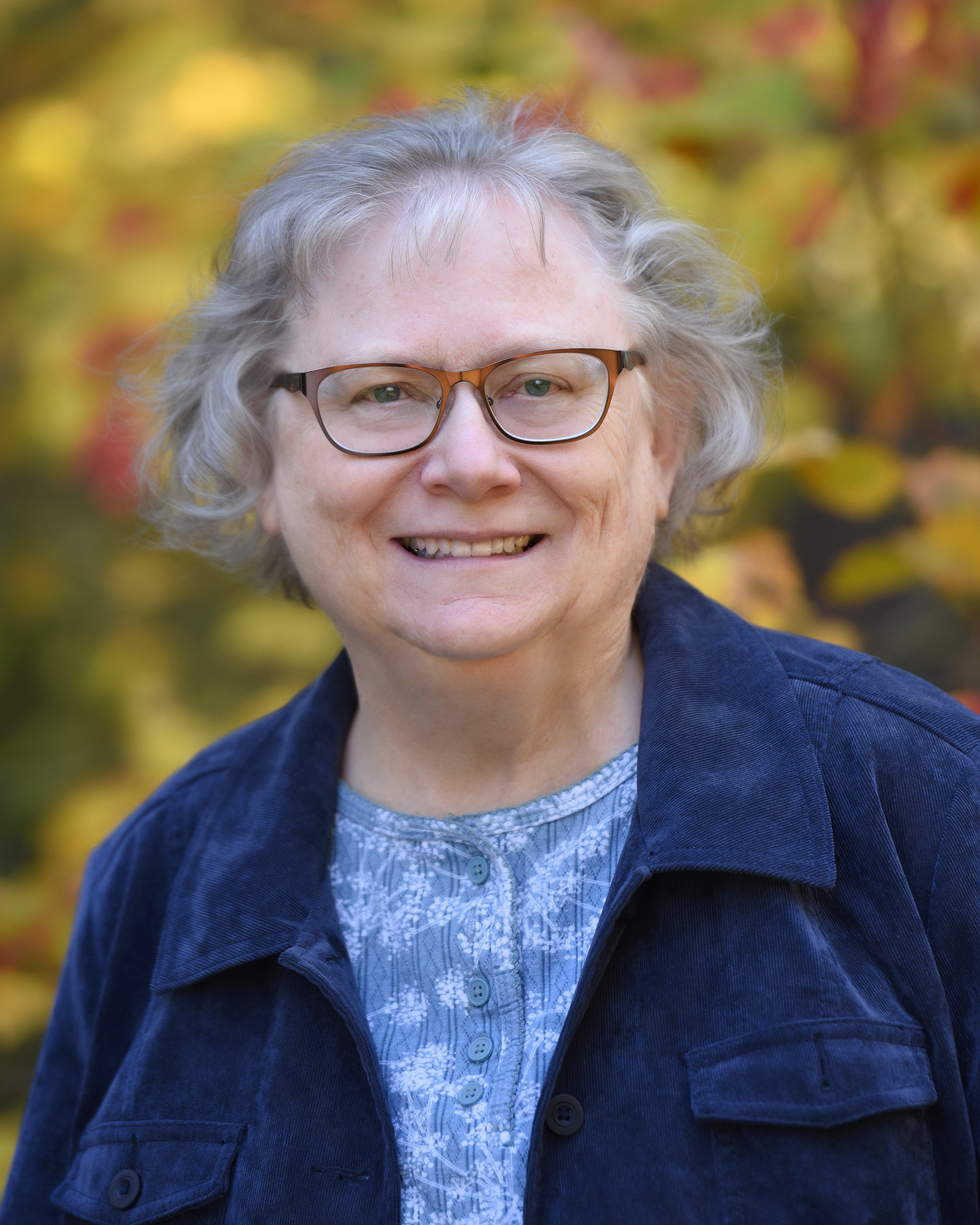 I create cheat sheets for projects, but most of them reside inside my head or on scattered pieces of paper in my office – both of which suffer from notorious clutter issues – so it seems like a good exercise to gather and record the process here. In this case, of course, the cheat sheets are for doing research on seventeenth-century New England families, but the basics can be applied to other situations. Also, no search ever progresses exactly the same as any other, so this list is meant to be flexible.
I create cheat sheets for projects, but most of them reside inside my head or on scattered pieces of paper in my office – both of which suffer from notorious clutter issues – so it seems like a good exercise to gather and record the process here. In this case, of course, the cheat sheets are for doing research on seventeenth-century New England families, but the basics can be applied to other situations. Also, no search ever progresses exactly the same as any other, so this list is meant to be flexible.
1. Great Migration database (GM). Thanks to Bob Anderson’s work on the Great Migration Study Project, I can sit here and search the database online and get a really big head start on my work on the Early New England Families Study Project. I’ll print copies of the sketches for my subject’s parents’ and in-laws’, if available, and I’ll search the entire database for any incidental mention of my subject in other sketches. This often leads to land or court records, as well as interfamily relationships.
2. Great Migration Newsletter (GMN). I use the published 2012 version of the first 20 years of issues and print new issues from the website. The newsletters are a hit-or-miss source, but when there is a hit it can lead to important sources.
3. Torrey’s Marriages (TM). I use the 2011 edition of Torrey’s New England Marriages Prior to 1700 and copy the listings for my subject, his parents, in-laws, children, and children’s in-laws as best as I know them at this point. As research progresses, I will go back and retrieve further listings. I concentrate first on citations that will give me as full an account of the family as possible, if possible – which isn’t always possible. (More on searches to come.)
4. Blocking Draft (BD). I open my Word template with the category headings for the Early New England Families sketches already typed and create a file for my subject, then block in the information I have so far. This gives me some orientation about what I need to know.
5. Research piles (RP). Since I’m a “piler” rather than a “filer,” I use bright colors of paper to separate copies into general categories for each project – genealogies, vital records, town histories, periodicals by title, probate, land, etc. This is when I make a pile of the labeled colored papers. I also get a legal, expandable file to put everything in. The current project goes in a large plastic catering tray just to keep things contained – I didn’t say it was going to be pretty.
The series continues here.
Share this:

About Alicia Crane Williams
Alicia Crane Williams, FASG, Lead Genealogist of Early Families of New England Study Project, has compiled and edited numerous important genealogical publications including The Mayflower Descendant and the Alden Family “Silver Book” Five Generations project of the Mayflower Society. Most recently, she is the author of the 2017 edition of The Babson Genealogy, 1606-2017, Descendants of Thomas and Isabel Babson who first arrived in Salem, Massachusetts, in 1637. Alicia has served as Historian of the Massachusetts Society of Mayflower Descendants, Assistant Historian General at the General Society of Mayflower Descendants, and as Genealogist of the Alden Kindred of America. She earned a bachelor’s degree from the University of Connecticut and a master’s degree in History from Northeastern University.View all posts by Alicia Crane Williams →